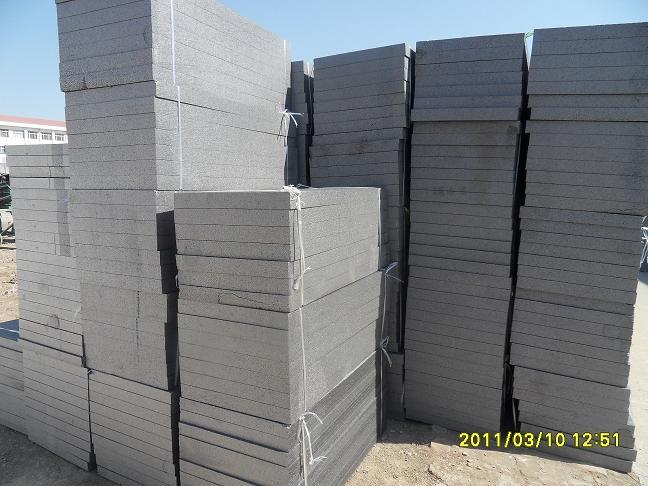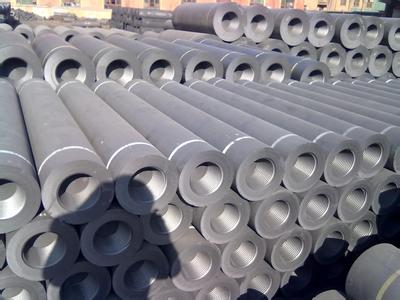The graphite block is fixed on the metal plate by the powdered graphite structure, and the coating is the material that fixes the graphite structure. It can conduct electricity, so the electrodes can also be seen on the metal plate. High degree of material fixation.
The former is conducted by space potential difference, and the latter is caused by changes in reactants.
Is there a causal relationship between the two?Landlord, let's figure it out first.

Intuitively, there is a conductive medium between the graphite, allowing a path between the two electrodes.
The former is electrostatic discharge, and the relative conductive distance between graphite and metal is about 10m.The latter is electrostatic corrosion, and graphite as a carrier can electrically corrode metals

I don't understand these things, and the above answers are all nonsense. Graphene is also extremely conductive, the negative charge adsorption capacity of the bond is very strong, and the conductivity is also good, which is basically the same as that of metal. But these different materials are all discharged, causing the two solutions or carriers to react and form a battery. In fact, we can use the battery model to explain it here, and it is also easy to understand. Let the two materials discharge relative to each other, especially if they cannot be let go, and then adsorb the battery. Specifically, this is a chemical process.
There is "" above, "The different reaction mechanisms in the derivation reaction interact"

The different conductivity of graphene of different materials is caused by the different substrates
Graphene is not graphite, it is just insoluble in water
It can conduct electricity because one end of graphene is positively charged and the other end is negatively charged. The cathode conducts electricity and the anode does not.
